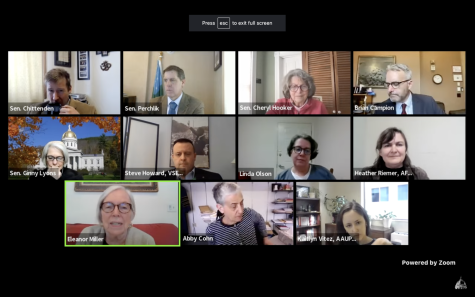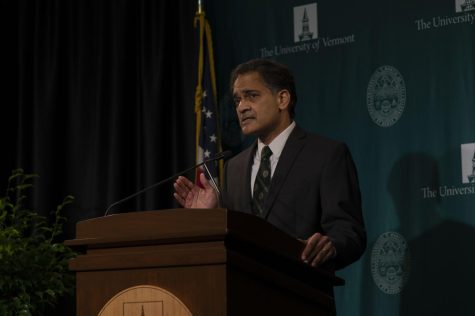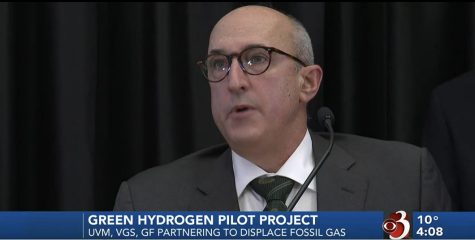UVM seeks to cut ’40 percent rule’
The University of Vermont has tried to increase its state funding for eight years with no luck. Now, the school is trying to get new options by pushing the state to eliminate what the school calls the “40 percent rule.”
The law, established in 1959, requires UVM to set in-state tuition to no more than 40 percent of out-of-state tuition.
Wendy Koenig, director of state and federal relations, said she has been getting “positive feedback” from lawmakers on removing the rule, in a time of high budget pressures for the state.
“[Removing the rule] provides the University with an opportunity to try to control costs without the state appropriating us extra dollars in a year where it’s a very tight budget,” Koenig said.
If UVM has to stick to the rule it can never lower out-of-state tuition, she said.
In 2015, U.S. News and World Report listed UVM as one of the most expensive schools for out-of-state students in the country.
With the rule gone, the University would be able to predict what would happen to its budget if out-of-state tuition was lowered, Koenig said.
“If the rule were repealed, we would be able to think about maybe not increasing out-of-state tuition this year,” she said. “And see how that plays out with our enrollment and number of applications and that sort of thing, but until we’re able to lift that rule we can’t really model.”
Sen. David Zuckerman, D-Chittenden, said he has reservations” about removing the rule if it leads to higher in-state tuition but “understands the economic goals” of UVM lowering out-of-state tuition.
“I am trying to find a happy medium where we might allow for the removal the of 40 percent rule but only so long as the in-state tuition is not disproportionately raised in order to cover expenses,” Zuckerman said.
Sen. Dustin Degree, R-Franklin, said the “40 percent rule” serves an important role in ensuring that Vermont students will only pay a fraction of out-of-state tuition.
“My concern, and the concern of many of the members of the Senate Education Committee, is that [removing] it will lead to higher in-state tuition for Vermonters,” Degree said.
The idea of the rule being removed and UVM increasing in-state tuition is “ludicrous,” said Richard Cate, vice president for finance and treasury. “That is definitely not going to happen. “
“If we increased the Vermont in-state tuition, we’d just turn around and be putting more financial aid back on Vermont students,” Cate said. “It wouldn’t make any sense, but people outside [UVM] don’t generally understand.”
In 2012, Gov. Peter Shumlin commissioned a group of lawmakers and University officials to make a set plan to “examine the relationship between UVM and the state.” In June 2012, the group released their report, and detailed how the “40 percent rule” should be “modified.”
“[The committee] strongly recommends that this inflexible “40 percent rule” requirement be modified to make tuition more affordable for low-income and middle-class Vermonters while improving the sustainability of the University,” the report stated.
The state was supposed to “subsidize” the rule through funding to the college but didn’t, according to the report, and as a result a “growing gap” in funding has resulted in out-of-state students paying for the in-state cost.
“It is imperative that the 40 percent rule be modified or the future viability of the University is in jeopardy,” the report stated.











